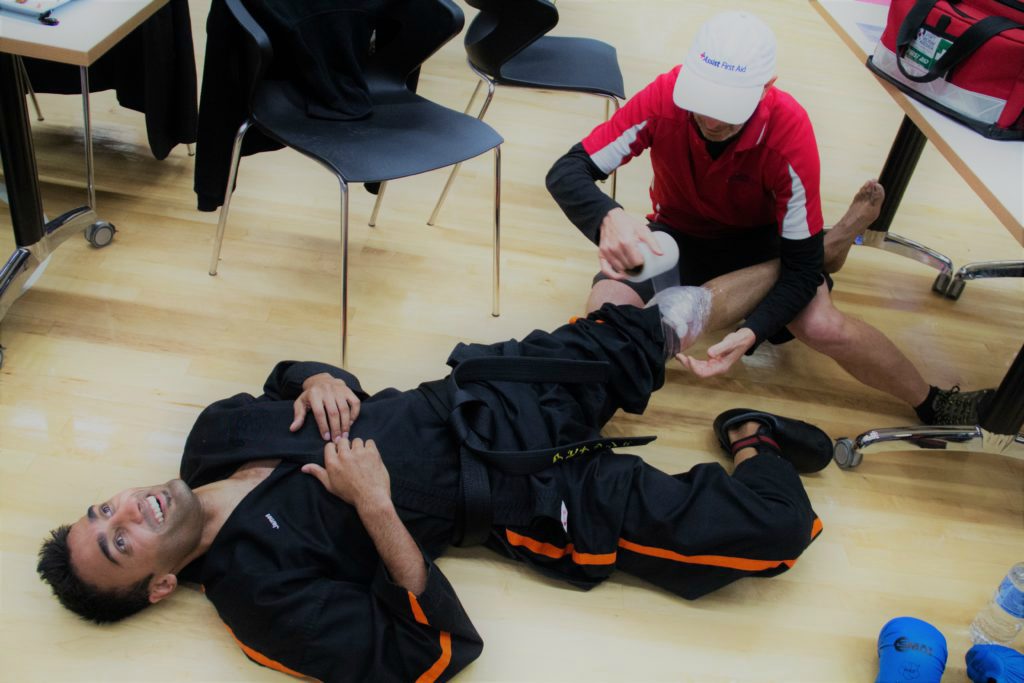Cold therapy works by reducing blood flow to a particular area. This can significantly reduce inflammation and swelling that causes pain, especially around a joint or a tendon. It can temporarily reduce nerve activity, which can also relieve pain.
There are a number of different ways to apply cold therapy to an affected area. Some treatment options include:
- ice packs or frozen gel packs
- coolant sprays
- ice massage
- ice baths
When not to use?
People with sensory disorders that prevent them from feeling certain sensations should not use cold therapy at home because they may not be able to feel if damage is being done. This includes diabetes, which can result in nerve damage and lessened sensitivity.
You should not use cold therapy on stiff muscles or joints.
Cold therapy should not be used if you have poor circulation.
Applying cold therapy
For home treatment apply an ice pack wrapped in a towel or ice bath to the affected area. Try not to apply a frozen item directly to the skin as it can cause damage to the skin and tissues. Apply cold treatment as soon as possible after an injury.
Use cold therapy for short periods of time, several times a day. 10 to 15 minutes should be fine. No more than 20 minutes of cold therapy. This is to prevent nerve, tissue, and skin damage. Elevate the affected area for best results.

National All Styles Tournament - Round 2
HEAT Treatment




